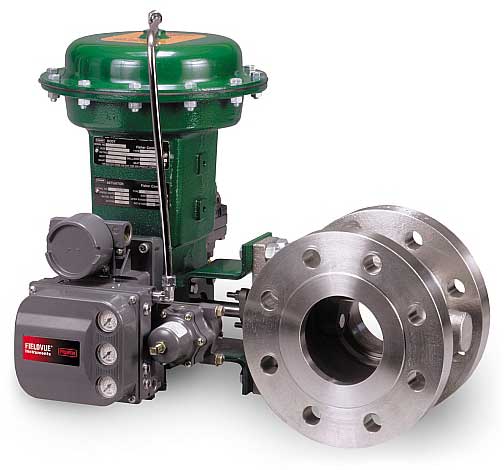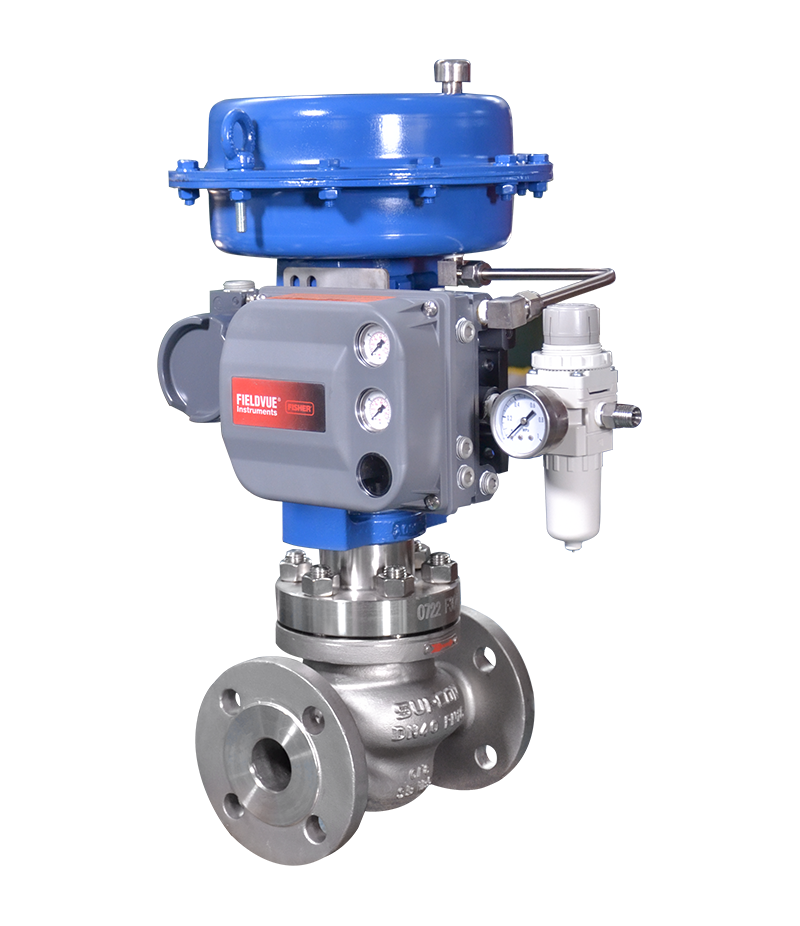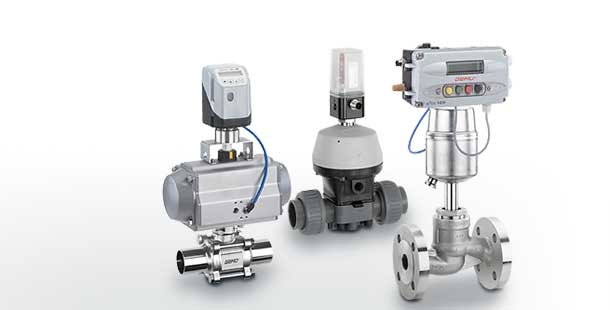Enhancing Functional Performance with Advanced Control Valves
Enhancing Functional Performance with Advanced Control Valves
Blog Article

Maximize Energy Financial Savings and Comfort With Advanced Structure Automation Controls
In the realm of contemporary design and facility monitoring, the integration of innovative structure automation controls stands as a crucial innovation. The merging of innovation and sustainability has birthed a brand-new period where power effectiveness, convenience optimization, and functional streamlining are no more far-off desires yet achievable truths. By harnessing the power of automation, buildings can adjust, respond, and progress in manner ins which were as soon as unthinkable. The potential for considerable energy savings and boosted convenience is not just an opportunity but a pledge waiting to be satisfied. This paradigm change in structure management holds the crucial to unlocking a world where environmental conscientiousness and passenger wellness harmoniously exist side-by-side within the wall surfaces of our structures.
Power Efficiency Benefits
Energy efficiency advantages can considerably lower power consumption and functional costs in structures. Energy-efficient systems, such as advanced building automation controls, can optimize the usage of sources like cooling, heating, and illumination, leading to lower power expenditures over time.
Additionally, improved energy efficiency can prolong the life expectancy of building tools and systems. By running a lot more efficiently, HVAC systems, light, and various other building elements experience much less wear and tear, resulting in decreased upkeep and substitute expenses. Furthermore, energy-efficient structures usually command greater residential property worths and rental rates, supplying lasting monetary advantages to owners.
Moreover, power effectiveness can boost resident convenience and productivity. Correctly controlled interior environments with optimum illumination and thermal problems create a more favorable and enjoyable office, causing boosted worker satisfaction and performance. On the whole, the energy performance advantages associated with innovative building automation controls are diverse, encompassing price financial savings, ecological stewardship, and owner wellness.
Boosted Comfort Control
Enhancing convenience control in building environments calls for an innovative combination of advanced automation systems for optimum resident wellness. By using innovative structure automation controls, facilities can tailor the indoor setting to satisfy the specific demands and choices of passengers. control valves.
By integrating these sophisticated controls, buildings can not only enhance convenience but additionally enhance power performance by enhancing system procedures based on real occupancy and use patterns. Inevitably, focusing on occupant comfort through sophisticated automation systems leads to an extra delightful and healthier interior environment.
Operational Effectiveness Improvements

Furthermore, the execution of real-time monitoring and analytics devices makes it possible for building drivers to identify energy inadequacies and functional anomalies promptly. By continuously monitoring energy use patterns and system performance metrics, changes can be made in real-time to optimize energy intake and make certain peak functional effectiveness. control valves. Additionally, integrating demand response approaches right into building automation controls can further boost functional effectiveness by dynamically changing energy use based upon grid problems and rates signals
Indoor Environment Optimization
Effective indoor climate optimization is a basic facet of structure automation controls, ensuring occupants' convenience and well-being while maximizing power cost savings. By utilizing advanced sensors and controls, building automation systems can continually change and check temperature, humidity levels, air high quality, and air flow to develop an ideal indoor setting. Maintaining consistent and comfortable conditions not only enhances owner satisfaction but likewise improves productivity and general well-being.
Interior environment optimization additionally plays a crucial duty in power performance. By fine-tuning air flow, cooling, and heating systems based on real-time information and tenancy patterns, constructing automation controls can considerably decrease power consumption - control valves. For circumstances, applying strategies such as demand-controlled air flow and thermal zoning can help minimize power waste while making certain that each area of the building receives the required conditioning.

Sustainable Environment Creation
Building automation manages not only maximize indoor climate conditions for energy performance and passenger convenience however additionally lay the foundation for producing a sustainable atmosphere through strategic monitoring of sources and systems. By integrating advanced structure automation modern technologies, such as sensors, actuators, and smart software application, facilities can adjust and monitor power use in real-time to minimize waste and lower their carbon impact. These systems allow anticipating maintenance, recognizing prospective issues before they rise and maximizing devices efficiency to boost long life and efficiency.
Furthermore, sustainable atmosphere creation extends beyond power management to include water conservation, waste decrease, and indoor air high quality enhancement. Structure automation controls can manage water use, identify leakages, and make sure correct waste disposal techniques, adding to general sustainability initiatives. Additionally, by controlling and checking ventilation and filtering systems, these innovations improve resident health and wellness and efficiency while reducing energy usage related to cooling and heating procedures.
Final Thought
To conclude, advanced building automation manages offer significant advantages in terms of power cost savings, comfort control, operational performance, indoor climate optimization, and creating a lasting atmosphere. By implementing these controls, structures can accomplish ideal performance while decreasing power consumption and enhancing resident convenience. It appears that using sophisticated automation innovation is important in boosting building efficiency and creating a more lasting future.
Energy effectiveness advantages can considerably reduce power consumption and functional prices in structures. Overall, the power effectiveness advantages linked with innovative structure automation controls are complex, incorporating expense savings, ecological stewardship, and occupant health.
Furthermore, integrating need reaction approaches into building automation controls can further boost functional performance by dynamically changing power usage based on grid problems and pricing signals.
Structure automation regulates not only maximize interior climate conditions for energy performance and resident convenience however additionally lay the foundation for developing a lasting see this here environment with strategic administration of navigate to this site resources and systems.In conclusion, advanced structure automation controls offer substantial advantages in terms of energy savings, convenience control, operational effectiveness, indoor climate optimization, and producing a sustainable setting.
Report this page